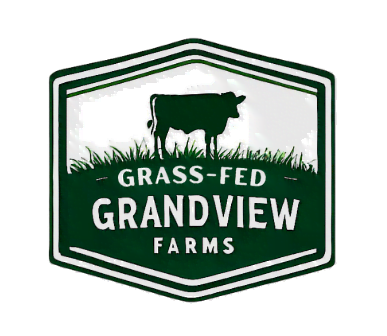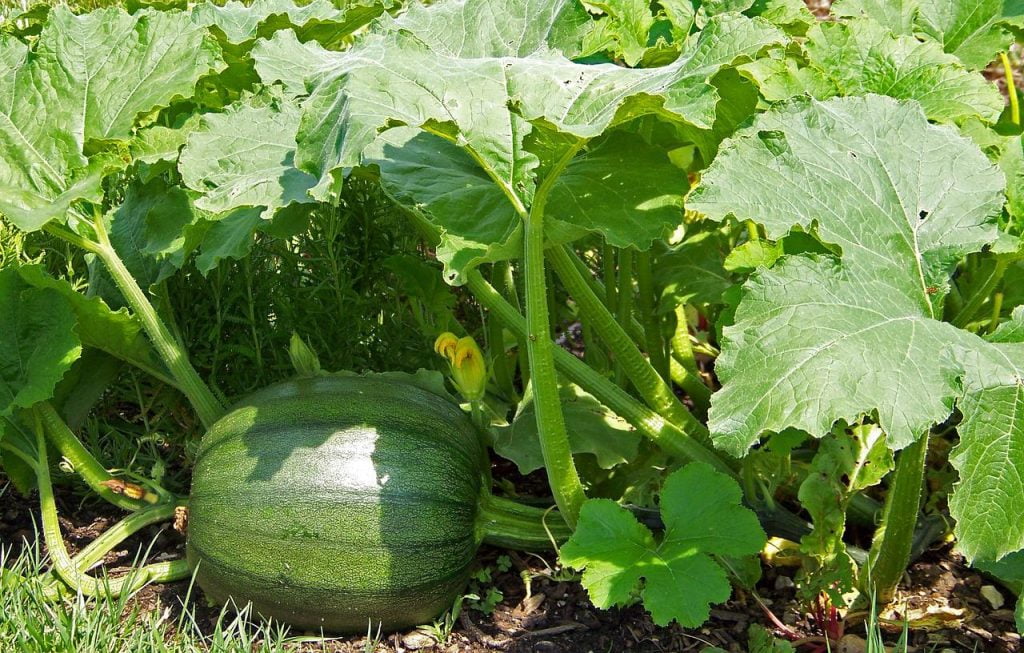With a global population exceeding 8 billion and a growing awareness of the environmental impact of our current consumption patterns, the need for sustainable practices has never been greater. While individual efforts like backyard composting and vegetable gardens are commendable, it’s crucial to scale up these practices and implement systemic changes to truly create a more sustainable world.
This article explores various self sustaining farm practices beyond traditional backyard initiatives, focusing on their potential for large-scale implementation and their impact on various aspects of sustainability.
Regenerative Agriculture: Restoring the Earth, One Farm at a Time
Regenerative agriculture is a holistic approach to farming that seeks to improve soil health, biodiversity, and ecosystem services, leading to increased productivity and resilience. The self sustaining farm approach goes beyond conventional farming practices by emphasizing the following principles:
Minimize soil disturbance: This can be achieved through techniques like no-till farming, cover cropping, and diverse crop rotations, which help to improve soil structure, retain moisture, and prevent erosion.
Maximize biodiversity: Planting a variety of crops and encouraging beneficial insects promotes a healthy and balanced ecosystem, reducing reliance on pesticides and fertilizers.
Integrate livestock: Properly managed grazing animals can contribute to improved soil fertility and pest control while also providing valuable food sources.
Impact: Studies have shown that regenerative agriculture can lead to significant improvements in soil health, including increased organic matter content, water infiltration rates, and carbon sequestration. These improvements can, in turn, lead to higher crop yields, reduced reliance on external inputs, and improved overall farm profitability. Additionally, regenerative agriculture has the potential to mitigate climate change by sequestering carbon dioxide in the soil.
Scaling Up: While regenerative agriculture is still a relatively new approach, it is gaining traction among farmers and consumers alike. The Rodale Institute, a non-profit organization dedicated to regenerative agriculture research and education, has established a global network of farms demonstrating the effectiveness of these practices. Additionally, several companies are now offering regenerative agricultural products, such as grass-fed beef and organic dairy, to consumers who want to support sustainable farming practices.
Grass-fed beef: Grass-fed beef is produced from cattle that have been raised on pasture their entire lives, without the use of grain or antibiotics. This type of beef production has several environmental benefits, including:
Reduced greenhouse gas emissions: Cattle raised on pasture emit significantly less methane than those raised on feedlots.
Improved soil health: Grass-fed cattle help to improve soil health by promoting plant growth and reducing erosion.
Enhanced biodiversity: Pasture-based systems support a wider variety of plant and animal life than factory farms.
In addition to these environmental benefits, grass-fed beef is also a healthier choice for consumers. It is lower in fat and calories than grain-fed beef and contains higher levels of omega-3 fatty acids and vitamins A and E.
Renewable Energy: Powering the Future with Clean Sources
Transitioning from fossil fuels to renewable energy sources is essential for achieving a sustainable future. Renewable energy sources, such as solar, wind, hydro, geothermal, and biomass, are readily available and produce minimal environmental impact. Also, check out about solar array and if they are right for your home.
Impact: The use of renewable energy has numerous environmental benefits, including:
Reduced greenhouse gas emissions: Renewable energy sources do not emit greenhouse gases, which are the primary driver of climate change.
Improved air quality: By reducing reliance on coal and other fossil fuels, renewable energy can help to improve air quality and reduce respiratory illnesses.
Reduced water pollution: Traditional power plants often rely on large amounts of water for cooling, which can lead to pollution and water shortages. Renewable energy sources typically use much less water.
Scaling Up: The global renewable energy market is growing rapidly, driven by technological advancements, cost reductions, and government policies. In 2020, renewable energy accounted for 27% of global electricity generation. By 2050, that number is expected to reach 80%.
Circular Economy: Closing the Loop and Reducing Waste
The traditional linear economy, which takes resources, makes products, and then throws them away, is unsustainable. A circular economy aims to close the loop by minimizing waste and maximizing resource use. This involves:
- Designing products for durability and recyclability.
- Repairing and reusing products instead of throwing them away.
- Recycling materials
Sustainable Transportation: Moving People and Goods Efficiently
Our current transportation systems rely heavily on fossil fuels, contributing significantly to air pollution and climate change. Sustainable transportation options, such as electric vehicles, public transportation, cycling, and walking, offer a more environmentally friendly alternative.
Impact: The adoption of sustainable transportation can lead to:
Reduced greenhouse gas emissions: Electric vehicles produce zero tailpipe emissions, while public transportation and active travel options, like cycling and walking, eliminate emissions altogether.
Improved air quality: Lowering emissions from transportation can improve air quality, leading to reduced respiratory illnesses and improved public health.
Reduced traffic congestion: Public transportation and active travel options can help to reduce traffic congestion, saving time and money for commuters.
Scaling Up: Electric vehicle technology is rapidly improving, and the cost of electric vehicles is decreasing, making them more accessible to consumers. Additionally, cities are investing in infrastructure for public transportation, bike lanes, and pedestrian walkways, making sustainable transportation options more convenient and attractive.
Sustainable Consumption: Making Conscious Choices for a Better Planet
Our consumption habits have a significant impact on the environment. By making conscious choices about the products we buy and how we consume them, we can reduce our environmental footprint. This includes:
Buying less: Reducing overall consumption is the most effective way to reduce our environmental impact.
Choosing sustainable products: Opting for products made with recycled materials, produced using sustainable practices, and designed for durability and repairability can have a positive impact.
Supporting local businesses: Supporting local businesses, such as farmers markets and local shops, can help reduce the environmental impact of transportation and support sustainable practices in our own communities.
Scaling Up: Consumer education and awareness campaigns can help individuals understand the environmental impacts of their choices and empower them to make more sustainable decisions. Additionally, businesses can play a role in promoting sustainable consumption by offering eco-friendly products and services and transparently communicating the environmental impact of their operations.
Conclusion: Building a Sustainable Future Together
The challenges of achieving a sustainable world are immense, but they are not insurmountable. By implementing self sustaining farm practices on a large scale, we can create a future that is more equitable, resilient, and prosperous for generations to come. This requires collaboration and action at all levels, from individuals and businesses to governments and international organizations. By working together, we can build a more sustainable future for ourselves and for the planet.




